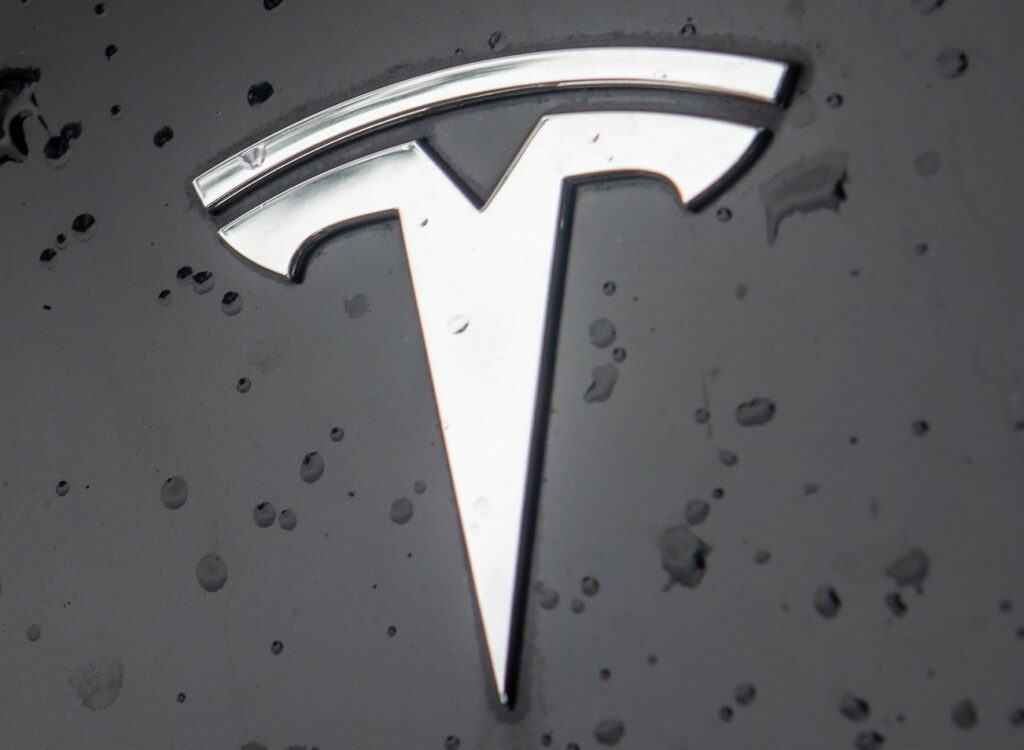Tesla’’’s Shanghai Megafactory, launched in December 2023 with the capacity to produce 10,000 Megapacks annually, has already built its first 1,000 units as of July 2024.
The pace highlights both the scale of global demand for utility-grade storage and the speed with which China has become central to Tesla’s energy ambitions. While the company’s automotive business continues to draw attention, its energy division is now positioning itself as a critical player in grid stabilization and renewable integration.
Each Megapack is designed as a modular, utility-scale battery capable of storing up to 3.9 MWh of electricity. Unlike smaller battery systems, these units are engineered to respond to grid-scale challenges—smoothing renewable intermittency, replacing peaker plants, and providing ancillary services like frequency regulation. The global buildout of such systems is accelerating: BloombergNEF projects grid-scale storage capacity will expand from roughly 75 GW in 2023 to more than 500 GW by 2030, with lithium-ion batteries making up the bulk. Tesla’s Shanghai output is therefore less a niche development than part of a larger supply-side race to secure production capacity before bottlenecks emerge.
Australia remains one of Tesla’s strongest proving grounds. In July, the Collie Battery Energy Storage System in Western Australia went live, completing its 2.2 GWh project using Megapacks. Australia has consistently adopted storage early to offset its reliance on solar and wind, making it a test case for the role large batteries can play in displacing natural gas and stabilizing grids with high renewable penetration. By contrast, the U.S. market has only recently begun to see orders of comparable scale, with Tesla’s $2.7 billion agreement with Georgia Power in August standing out as its largest single Megapack order to date.
Tesla is expected to build on this momentum at its upcoming “Las Megas” event in Las Vegas, where the company is set to unveil its next-generation Megapack. While technical details remain under wraps, industry watchers are focused on whether the upgrade will target higher energy density, cost reductions, or new chemistries beyond lithium iron phosphate, which currently dominates Tesla’s storage line. The event also signals Tesla’s attempt to brand its energy division as a standalone growth engine, rather than an adjunct to its vehicle business.
Stay updated on the latest in energy! Follow us on LinkedIn, Facebook, and X for real-time news and insights. Don’t miss out on exclusive interviews and webinars—subscribe to our YouTube channel today! Join our community and be part of the conversation shaping the future of energy.





